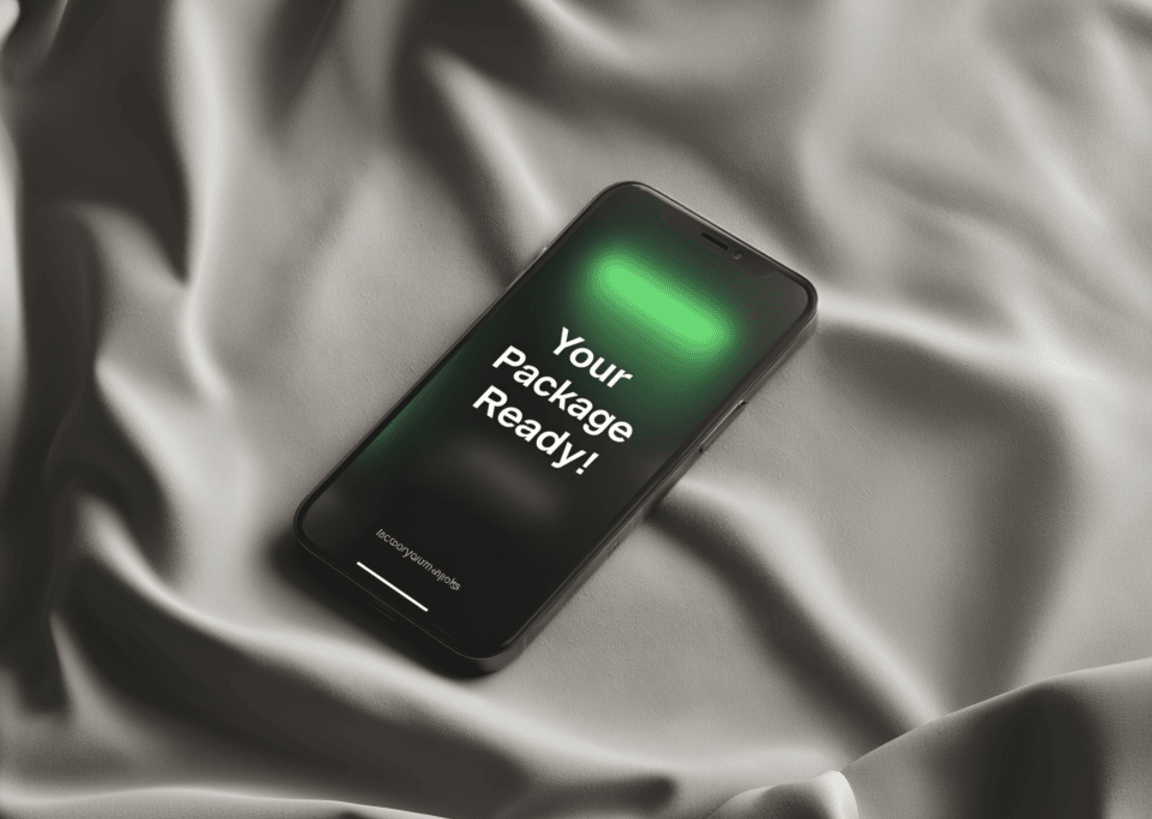The Trend in Proptech That Will Make Unicorns

Several trends tearing across the business landscape have combined in proptech to create a huge opportunity for firms willing to support a complete change in the way residents' and workers' needs and wants are discovered and responded to by residential and commercial property managers.
The Trends
- Data is an increasingly valuable asset thanks to the rise of distributed computing services like AWS. Extracting useful insights from it is no longer the privilege of firms large enough to afford the build-out of computer infrastructure and teams. (Bill Janeway)
- Millennials have led a wider shift in consumer priorities away from consumption and towards experiences. (EY)
- The rise of on-demand services has played out in the property sector as the invention of the build-to-rent asset class (ie. co-living spaces like The Collective, co-working spaces like WeWork). Customer retention is even more important for firms operating in this sector because bottom lines rely on keeping occupancy rates (on short-term leases that are constantly being renewed) high. Also, big players like WeWork are invested in many locations and hope to retain customers who change cities. Building brand recognition around product quality and customer satisfaction is key to this.
The Opportunity for Proptech
These create a perfect storm for proptech, if firms can take advantage of it. Increasingly, residential properties will distinguish themselves through customer experience. Promoting the creation of social communities, turning spaces into services through multi-functional areas that can be used for events, work, or play. These are the things that will distinguish residential spaces - not a bigger pool or a fancier gym. And data will be the key to unlocking tenants' experience.
The technology is already here, and it will radically change what is possible in residential and commercial property services. For example, Phased antenna arrays in wi-fi hotspot boxes allow for super-accurate location of users (Linus Tech Tips). Tracking their movement through your building allows saving on heating/AC costs, but also creates data on which areas attract people and which don't, how long people stay in given areas, how location popularity changes throughout the day/week, etc. This data can be used to define design changes to improve aspects of customer experience. What an owner chooses to focus on will depend on their goals and those of their customers (eg. residential vs commercial buildings), but the basis of these decisions and the tools used to make them will be the same.

Using technology to supercharge network effects will be a crucial element in building the best customer experience for residential properties. Proptech firms that can use the wealth of data created by connected buildings to empower managers to deliver a truly unique customer experience that will create huge benefits for everyone. They will provide recommendations for the design and layout of a building to promote interactions and friendships between tenants. They will ask you if you'd like to book a conference room for a brainstorming session with coworkers as soon as you've put it in your calendar. They will empower you to achieve your goals by allowing you to set a time you want to be out of the apartment or in the gym by. They will encourage you to bring your friends into the building and give managers the best advertising there is - word of mouth.
The Dangers
Although data can be used to enhance customer experience, privacy problems are likely to loom large in discussions of its implementation. Of course, users will need to be convinced that it's worth agreeing to have all this data on their location and use of facilities recorded. But as long as the benefits of doing so are large enough, most will. Introducing options like data anonymization, ie. building managers not having access to identified data even though you do, or restricting access to certain data - for example managers only being able to see your location in the communal spaces of a building (and not your apartment), will also assuage fears of intrusion or nosiness. But ensuring privacy for those who want it is complex - even if data is anonymised, the granularity of the data involved may still allow identification. So solutions will have to be equally sophisticated, and so will the proptech firms providing them.
This article was written by Parceltracker.com, experts in internal parcel tracking, mailroom automation software and parcel management.






